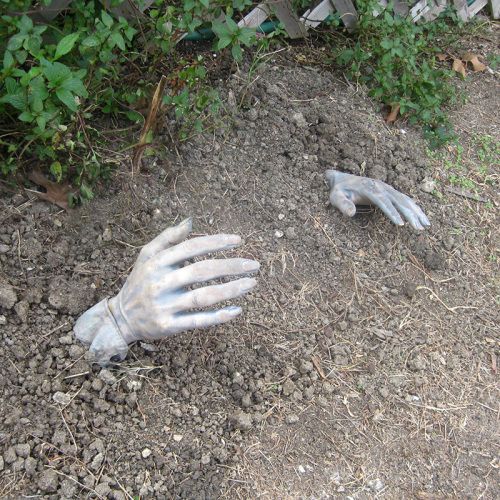
Common name
Zombie
Other names
The undead, walking dead, living dead, walkers, brain biters
USDA Hardiness Zones
4–9
Mature size
Size varies with variety. Zombies generally get about 6 feet tall and 2 feet wide. “Healthy” zombies can reach 7 feet if grown in areas with no or very mild winters.
Days to harvest
90 to 130 days
Overview
From Wikipedia: “Zombies are fictional undead creatures regularly encountered in horror and fantasy themed works. They are typically depicted as mindless, reanimated corpses with a hunger for human flesh, and particularly for human brains in some depictions.”
Fictional? Hogwash! I’m growing several in my garden right now. In fact, not only have I grown them in my garden, but “volunteer” zombies have grown out of my compost piles in the past. They do seem to have a mind of their own, and you never know how or where they will pop up once they get established.
Soil preparation
Zombies grow best in well-drained, fertile, and crumbly soil. Most varieties can tolerate clay or sandy soil. When preparing new planting areas, try to clear out rocks, sod, and other debris beforehand.
Sunlight
You will generally get a better yield if you plant your zombies in partial to full shade. Because of their nocturnal nature, they prefer shade. It is during the overnight hours that most of their growth takes place.
Seeds or transplants
Zombies don’t really produce “seeds,” so starter plants—um, I mean, parts—are the only real way to go. Just about any part of the undead can be planted, but hands and feet are the most common. Unlike potatoes, where pieces of the potato are cut up and then planted, zombie body parts can be planted whole.
Planting
Zombie parts are generally direct-sown in the garden in the spring after all danger of frost has passed and the soil has warmed. If planted at the right time, they will be full-size by Halloween. Fall planting is not recommended, primarily because zombies tend to hunt for brains more aggressively if they mature in warm soil.
Plant the parts about 3 to 6 inches deep, depending on which parts you have. Leave a portion of each part exposed to air and sunlight so that it can “breath.” Space parts about 2½ to 3 feet apart. They do not need any support (e.g., stakes, cages, or trellises).
Fertilizing
Zombies prefer a soil pH between 6.0 and 7.0. As long as they are fed an occasional brain or bloody snack, zombies don’t require any fertilizer.
Watering
Provide zombies with about 1 inch of water per week. Most varieties are fairly drought tolerant. Try to water early in the morning to allow parts to dry quickly and reduce the opportunity for accelerated infection. Drip irrigation is recommended to help keep the flesh dry.
Weed control
Because zombies can have rotting body parts, do not dig too deeply when using a hoe or trowel to weed. Again, to avoid increasing rot, do not weed when the flesh is wet. As with other plants, applying mulch will prevent many weeds as well as help retain soil moisture. Organic mulches such as straw, untreated lawn clippings, or shredded bark are recommended. Apply the mulch 3 to 6 inches deep after the soil has warmed. Black plastic is not recommended, as new finger growths may not be able to penetrate it.
Pests and insects
Zombies are generally free from most pests. The only insects that tend to hang around are those that feed on decomposing organic matter.
Diseases
Diseases may be a problem during cool, wet weather. A variety of viruses can attack zombies, causing strange coloration in the flesh. Neem oil, sulfur, and other fungicides can be used. Most, however, don’t do any real damage internally.
Harvesting
Zombies actually harvest themselves. Yep, that’s right. You will know when they’re ready because they won’t be in the ground anymore. They will be aimlessly walking around your yard, looking for flesh and brains.
Suggested varieties
‘Kentucky Flesh’—An old variety with dark flesh.
‘Blood Hybrid’—My personal favorite; early producing and very drought tolerant
‘Green Walker’—Produces very tall zombies with greenish flesh
‘Royale Burgundy’—A popular variety with purple flesh when mature
‘Gray Giant’—German heirloom that has appeared in many movies and television shows
‘Triumph de Zombie’—A readily available French variety. Be advised, however, that this variety is extremely aggressive.
‘Flesh 206’—Classic variety that can be grown almost anywhere
NOTE: This post is not factual, and is meant for entertainment purposes only. Happy Halloween, everyone!


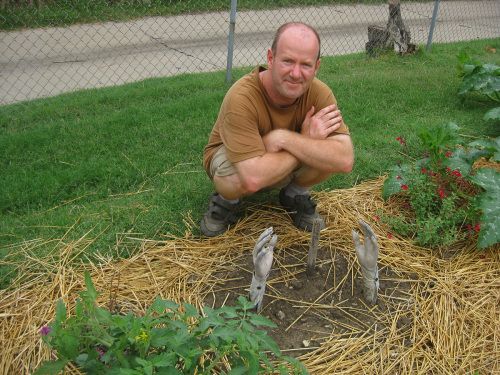
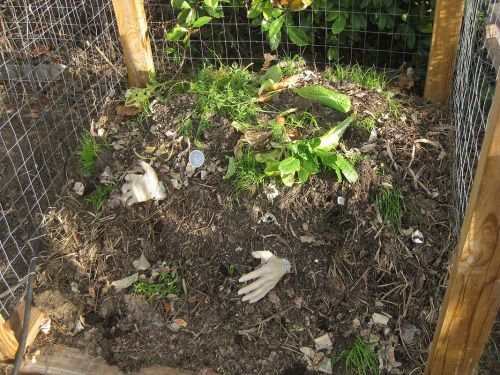
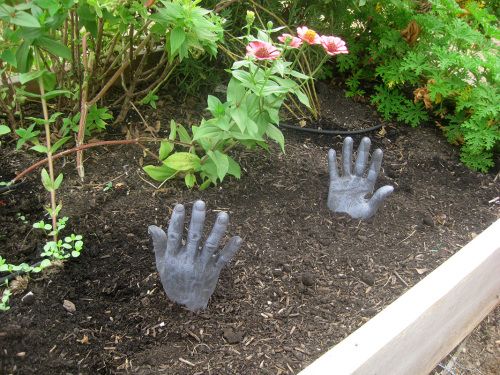

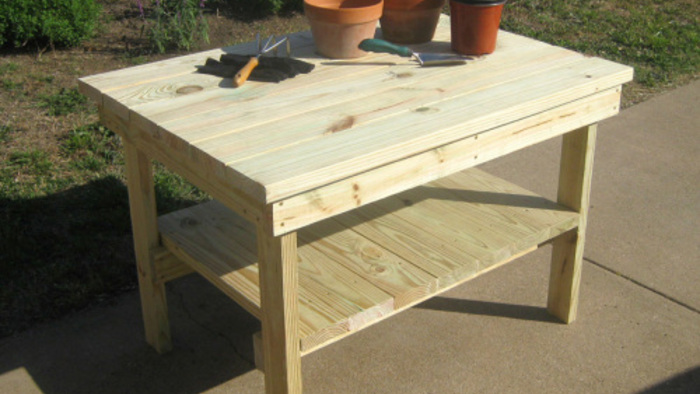















Comments
Log in or create an account to post a comment.
Sign up Log in